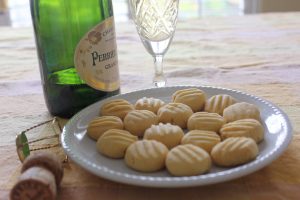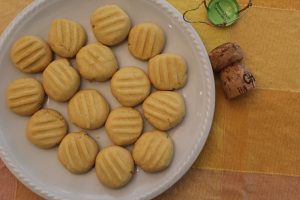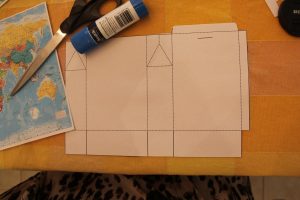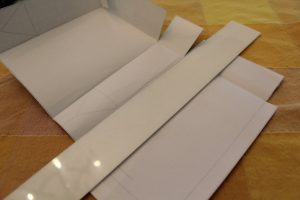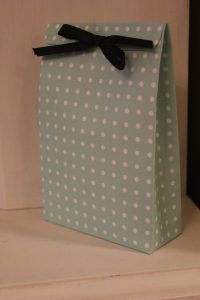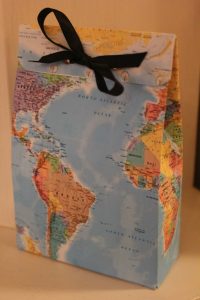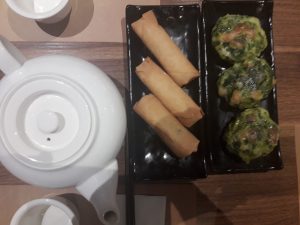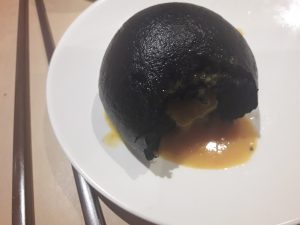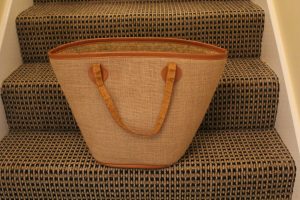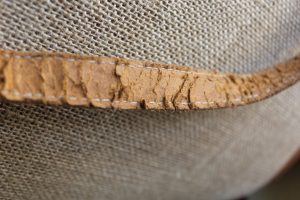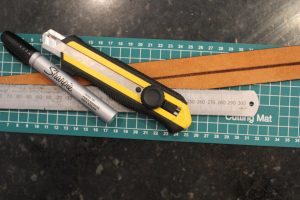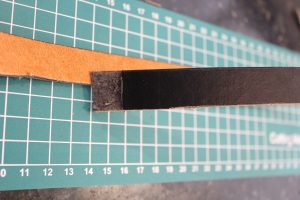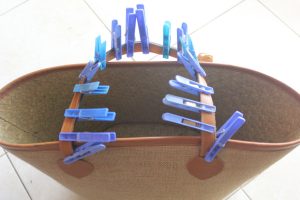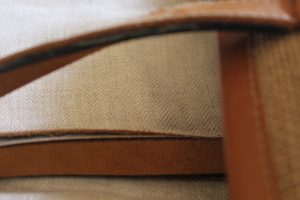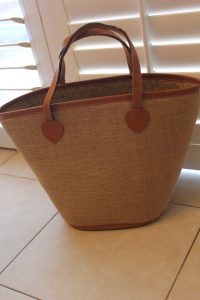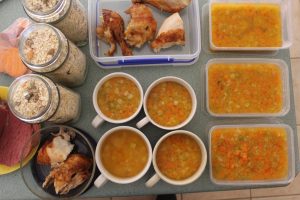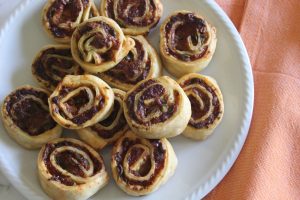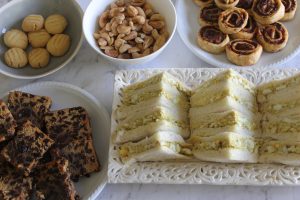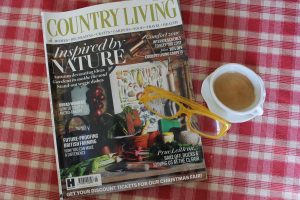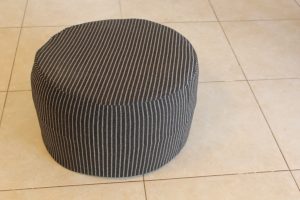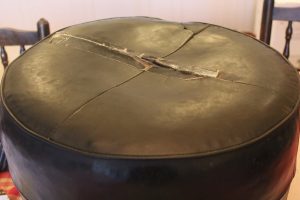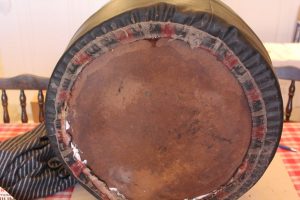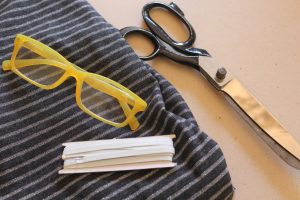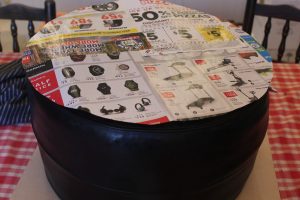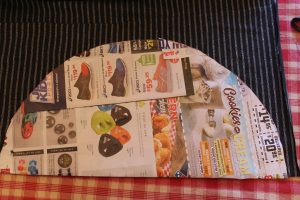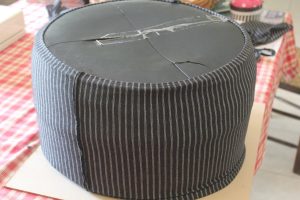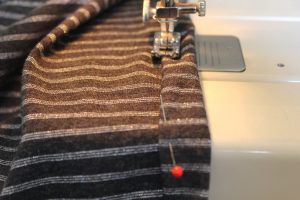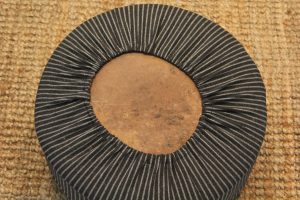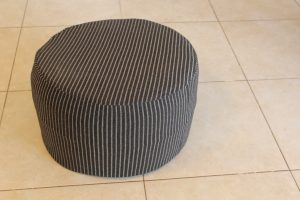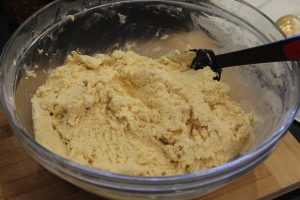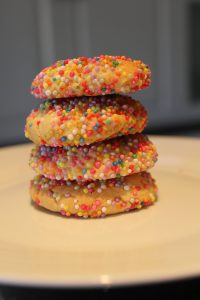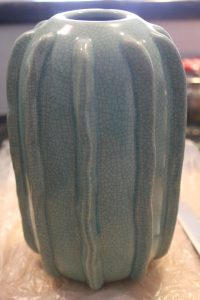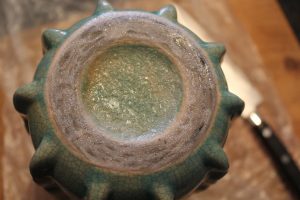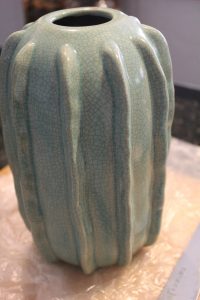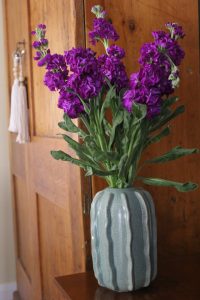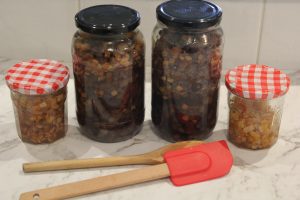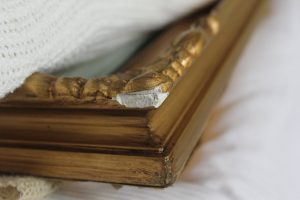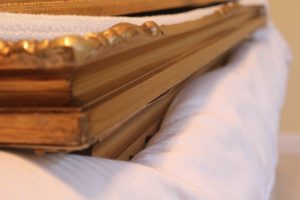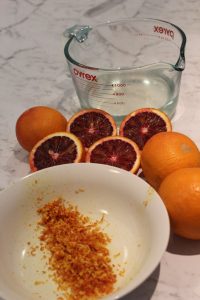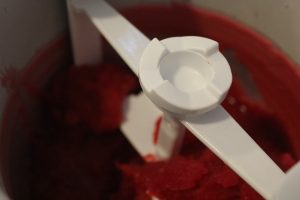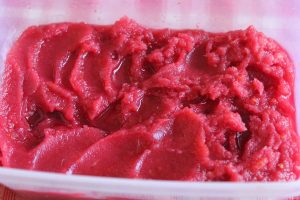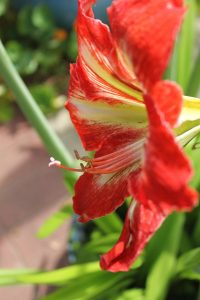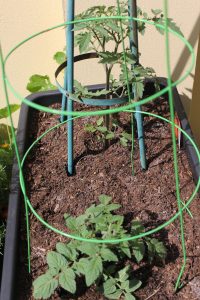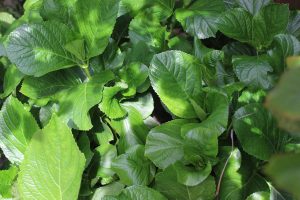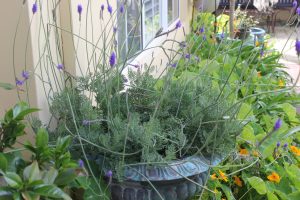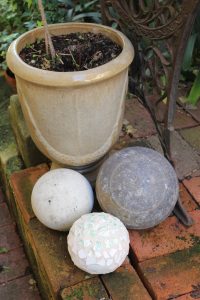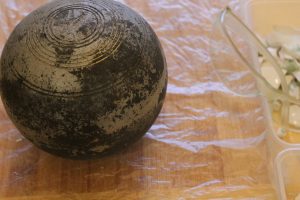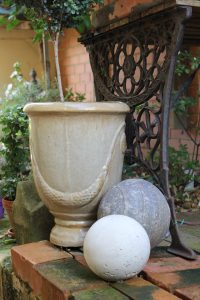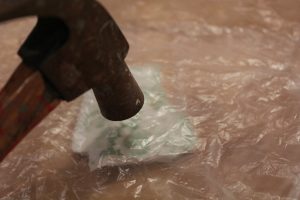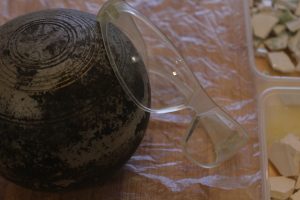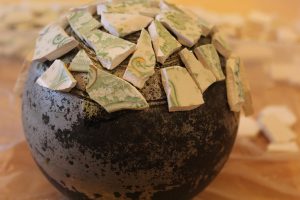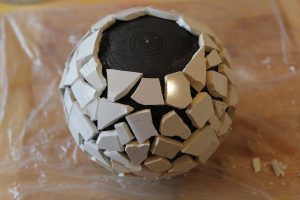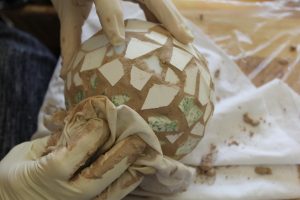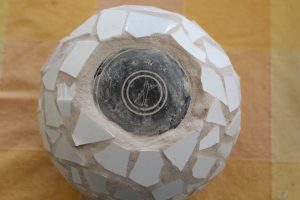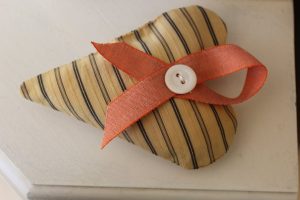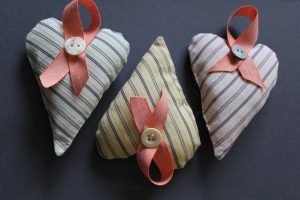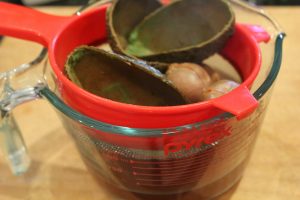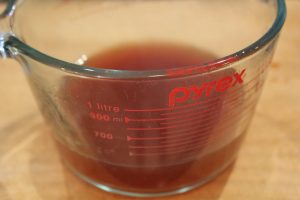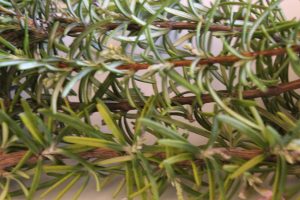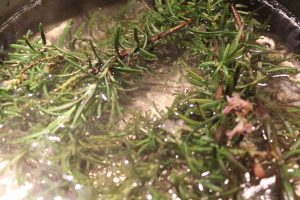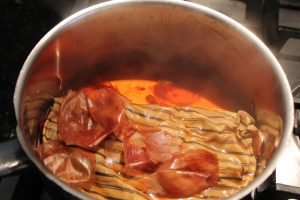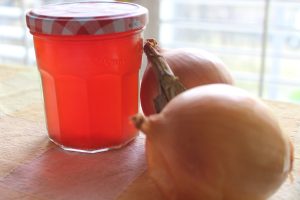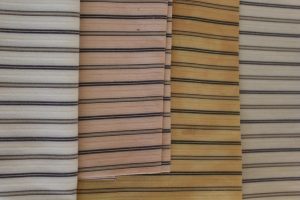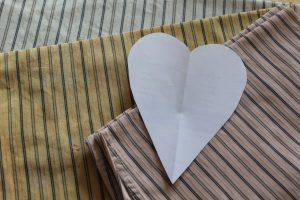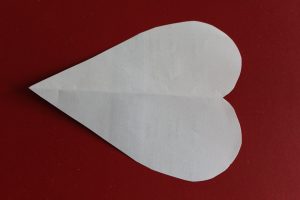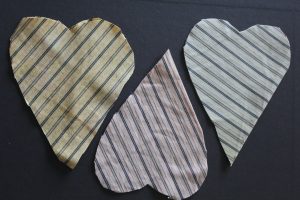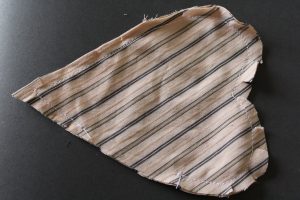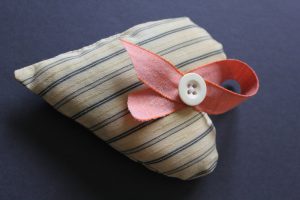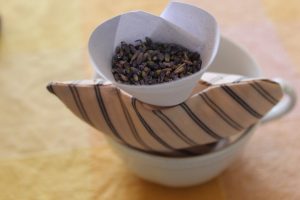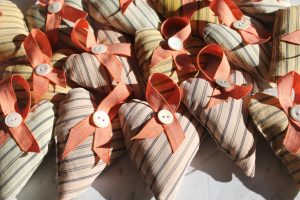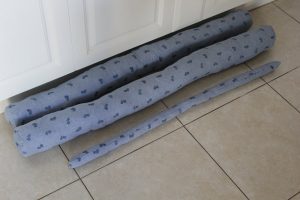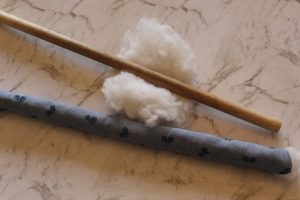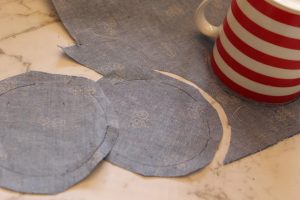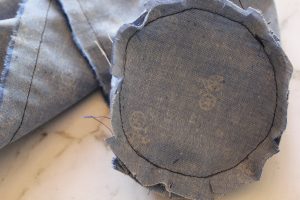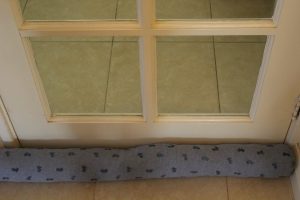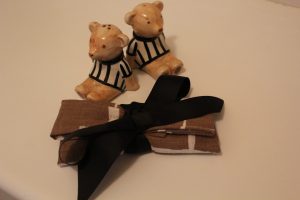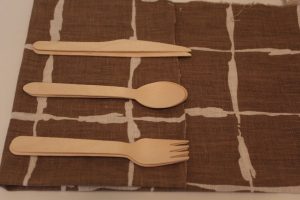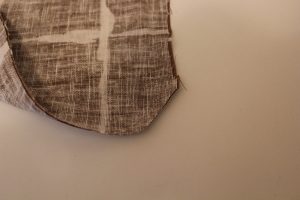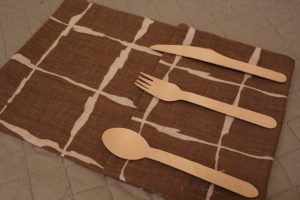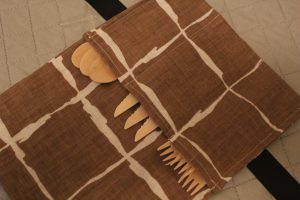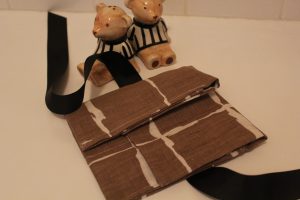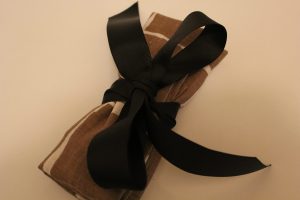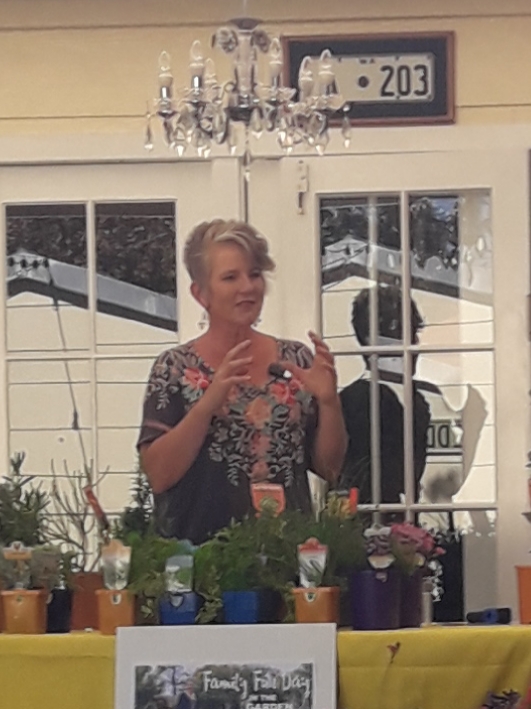HOW TO DRY BAY LEAVES
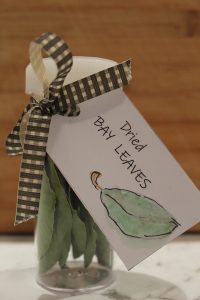

Aromatic bay leaves come from Laurus nobilis, or the bay tree. It is native to the Mediterranean region. The dried bay leaf is used as a seasoning in cooking.
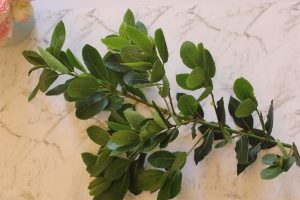

Our bay tree needed pruning. I brought in one of the branches removed during pruning to dry the leaves.
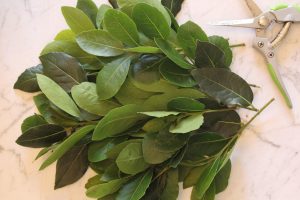

I began by snipping the smaller branches from the main branch. Next I washed and left the leaves to dry off.
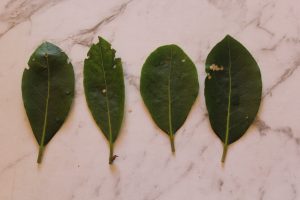

I picked through the collection of leaves and discarded any that were not perfect. I also removed the older, larger, darker leaves as these can be very tough. I don’t use any pesticides in the garden so some insect damage is always possible.
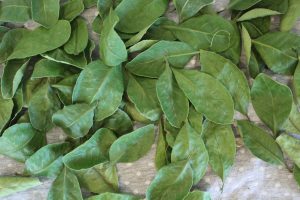

Place the leaves somewhere dry, cool and protected to dry out. It’s quite warm here and I left them to dry for ten days. Meanwhile, I washed the jars, printed the labels, used water colours to paint leaves on them and then cut the ribbons to tie on them. These I glued with a dot of clear glue to the jars. Finally, I carefully slid the dried leaves into the jars, screwed on the caps, labeled them and tied the bows. Done! I will give some as gifts at Christmas.
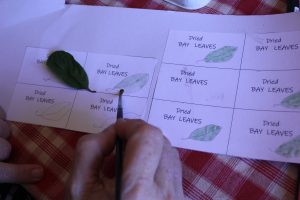

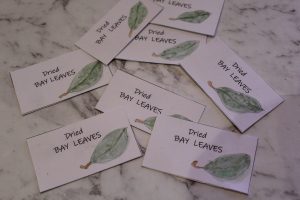

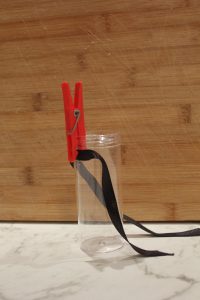

Used extremely handy laundry pegs to hold the ribbons in place while the glue dried.


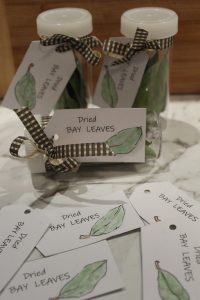

NOTE The leaves should always be removed from a dish before it is served. You can eat the leaves but the edges are very sharp and can hurt your mouth.
Although fresh bay leaves can be used in cooking it is easy and convenient to dry and preserve them so they are always available. Store them in a sealed jar in a cupboard or in the freezer.
Bay leaves are considered a ‘supporting’ element, intended to bring out the other flavours of a recipe.
Fresh bay leaves can be put in containers of flour and grains to repels weevils. They also deter moths from woolen clothes and can discourage silverfish from books, too.


The Greeks and Romans used bay leaves to make crowns or laurels which appear throughout history in paintings and sculptures.
RECYCLING SKINCARE JARS
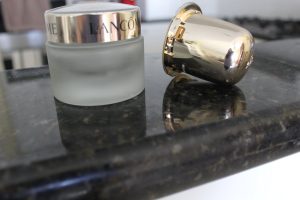

I buy skincare in glass jars as glass is easily recycled, unlike plastic containers. Now, some brands of skincare are producing sealed foil pots of their product to refill the used glass jar. Just peel off the foil seal and push the pot into the jar and all done! It is kinder to the planet and kinder to your wallet. Investigate to find out if your preferred brand of skincare has a refill option.
Foil is easily and effectively recycled.
THE CROWN

Are you watching Series 3 of The Crown? The third series started 17/11/2019 and is now all about the 60’s, with political change (Wilson), the exposure of spies (Blunt) in the Palace and awkward marriages (particularly Princess Margaret and Lord Snowdon) I thought Claire Foyle was great as a younger Queen Elizabeth but I’m not so sure about Olivia Colman as the older Queen Elizabeth, despite loving her performance in other programs.
Some of these events I remember, or heard about, which makes it very interesting. I don’t know how accurately historical events are portrayed. Anyway, early days and I’m looking forward to seeing the rest of the series. Are you watching it?
PATCHING THE PAINT
The newly done paint was barely dry when I saw a bit gouged out! Much grumping, then I filled the hole with Polyfilla. The next day, when it was dry, I sanded it, wiped away the dust and painted it with the tiny bit of leftover paint left by the painter. Problem solved!
These photos are the same area and some paint, but taken at different times of the day with natural and then artificial light! The repair is indistinguishable from the damaged piece. I hope I don’t have to do it again.
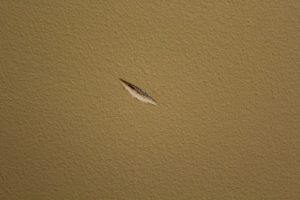



The 25th of November was INTERNATIONAL DAY FOR THE ELIMINATION OF VIOLENCE AGAINST WOMEN. The declaration of this day aimed to activate and motivate governments around the world to do something about violence towards women and children.
During many years as a primary school teacher I began to think the best way to deal with domestic violence in Australia was to remove the perpetrator, if it is a man, and leave the women and children in their house, attending the same school as always and within a community where they could receive support. This would prevent the break in the childrens’ schooling which often results in poor outcomes for the children. The man could be accommodated where he’d be able to continue working and supporting his family, but also receive counseling and assistance in modifying his behaviour. The children could, if safe, visit and maintain supervised contact. I think this would probably be less expensive than emergency accommodation, hospital visits, single parent benefits and the long term cost of poorly educated children.
( I acknowledge women can be the perpetrator of violence, too, but this is directed towards the special day highlighting violence against women by men )

